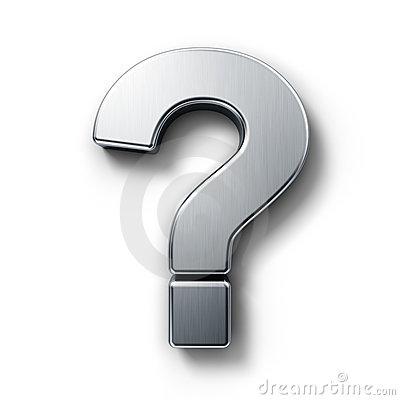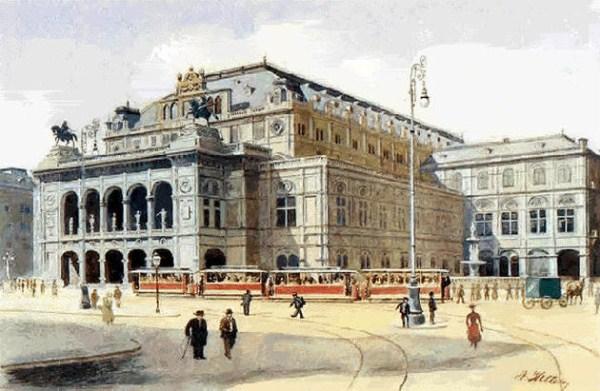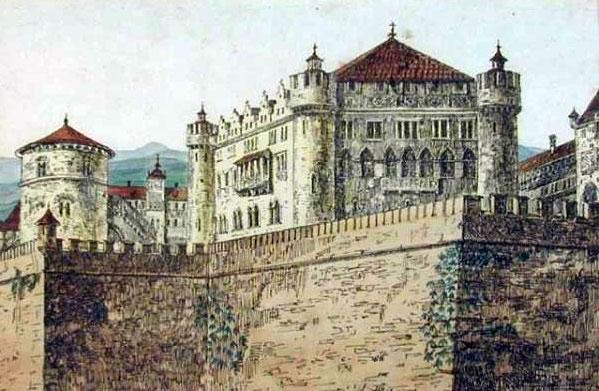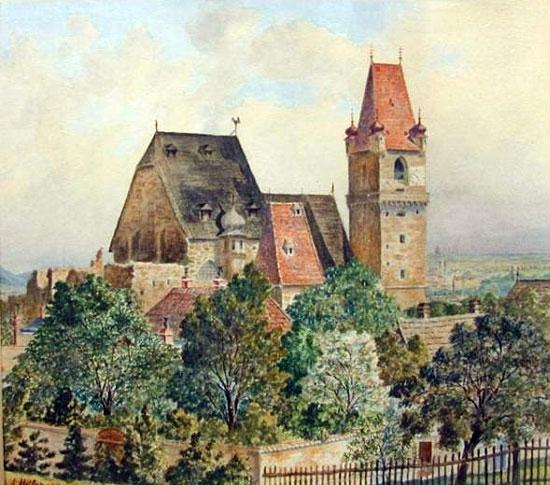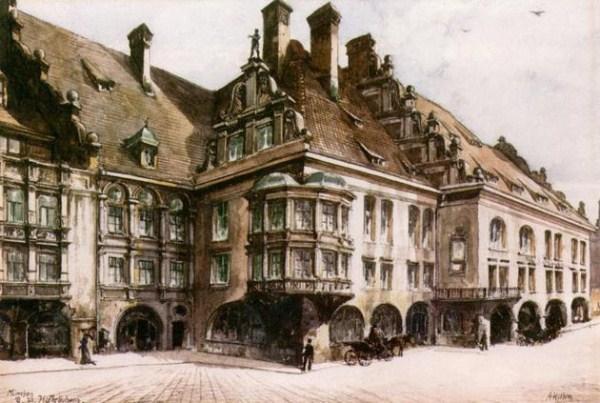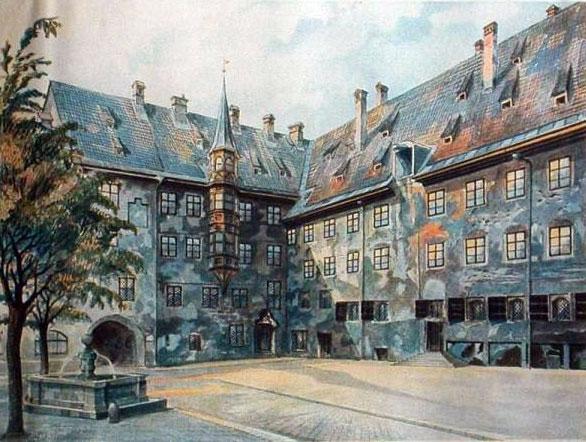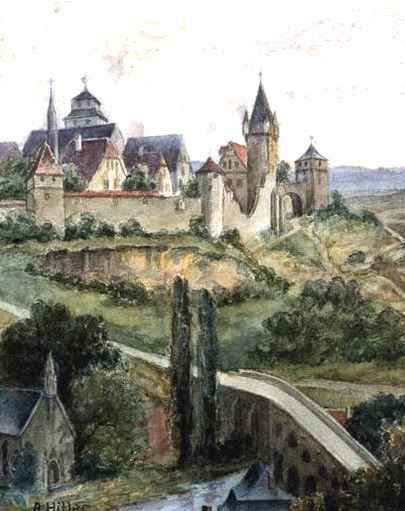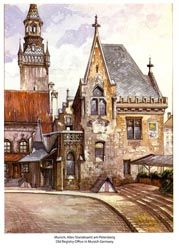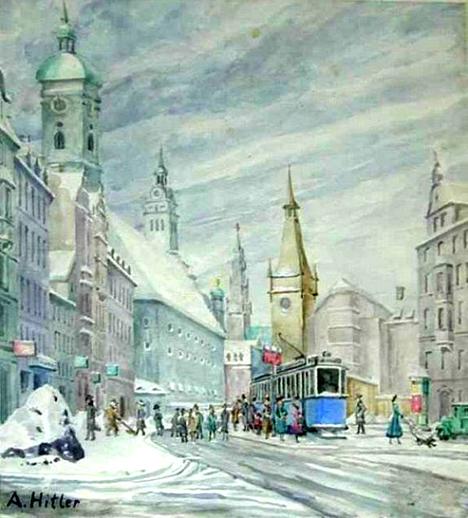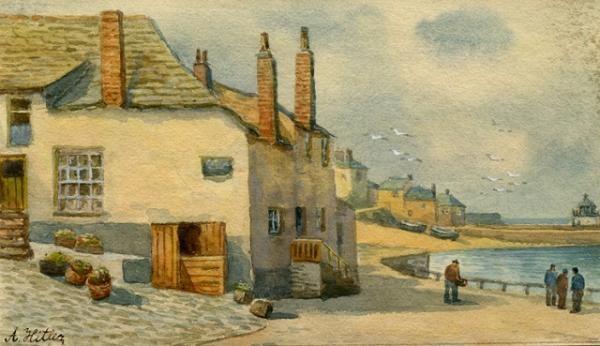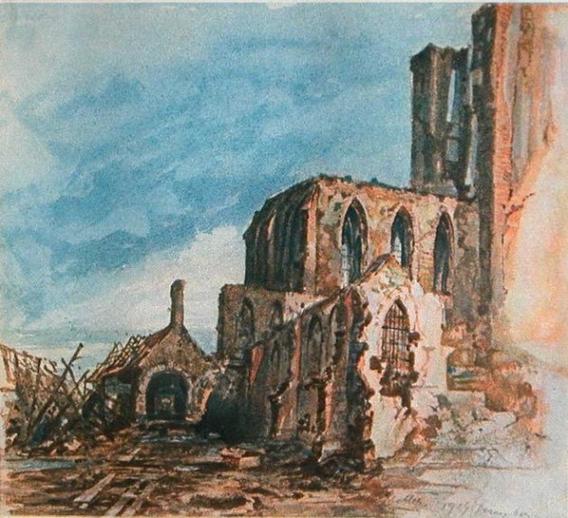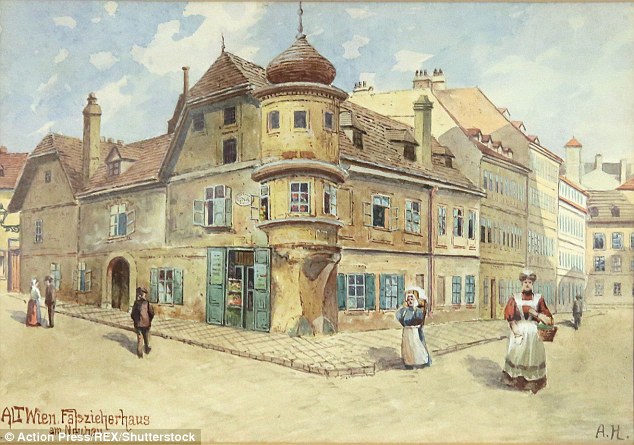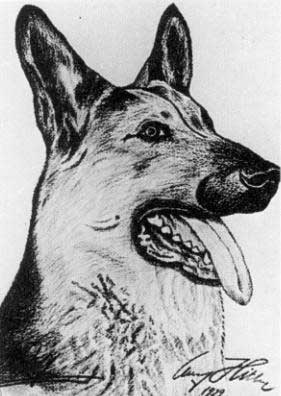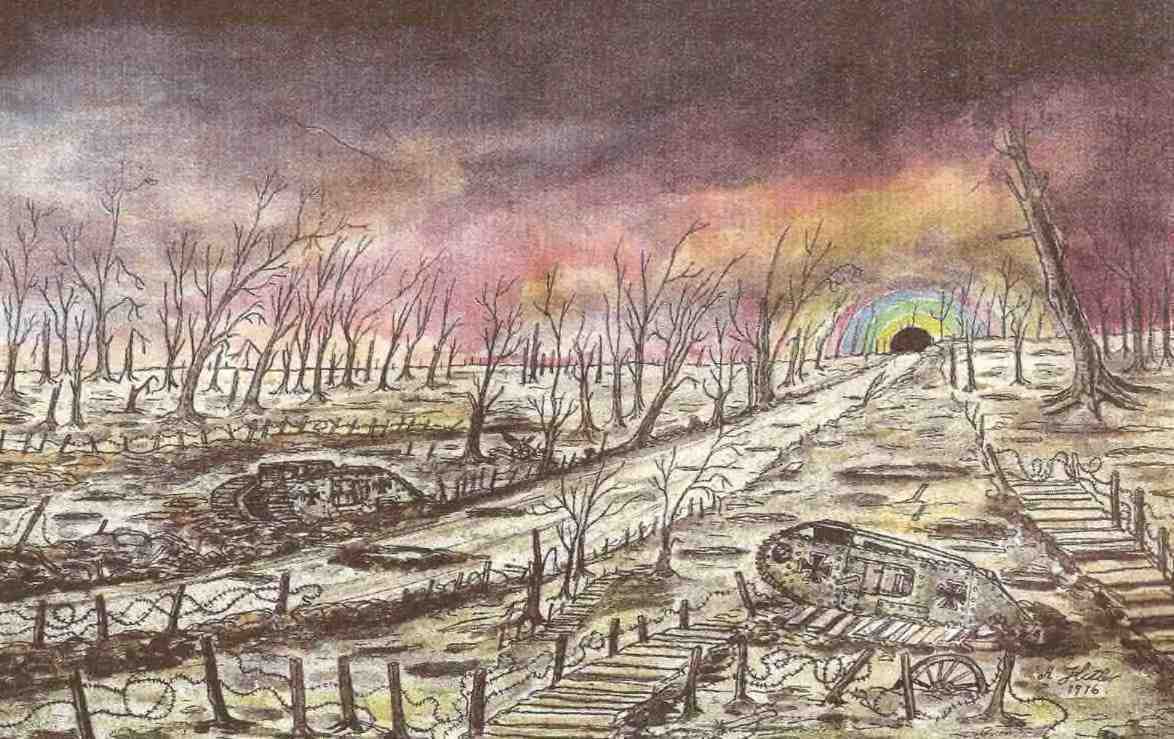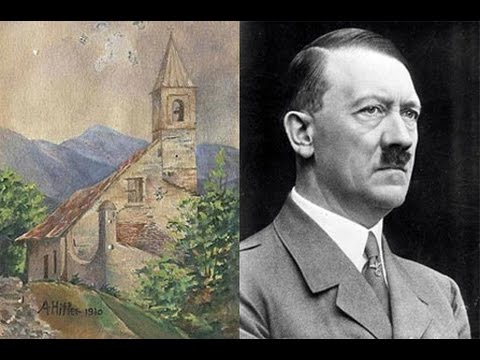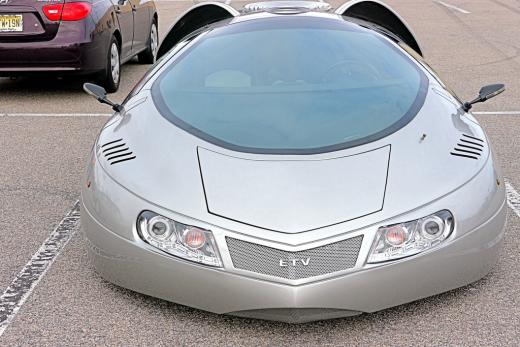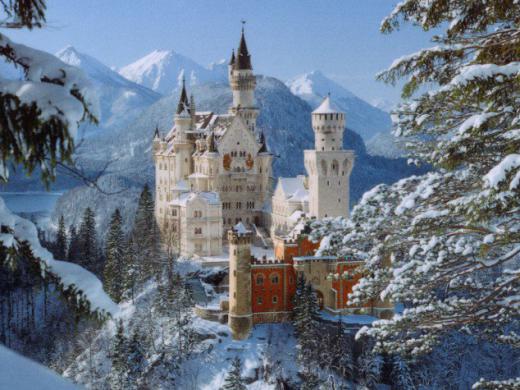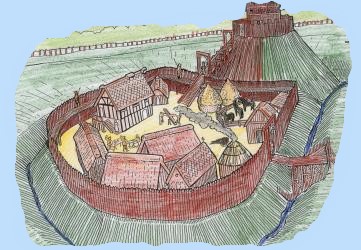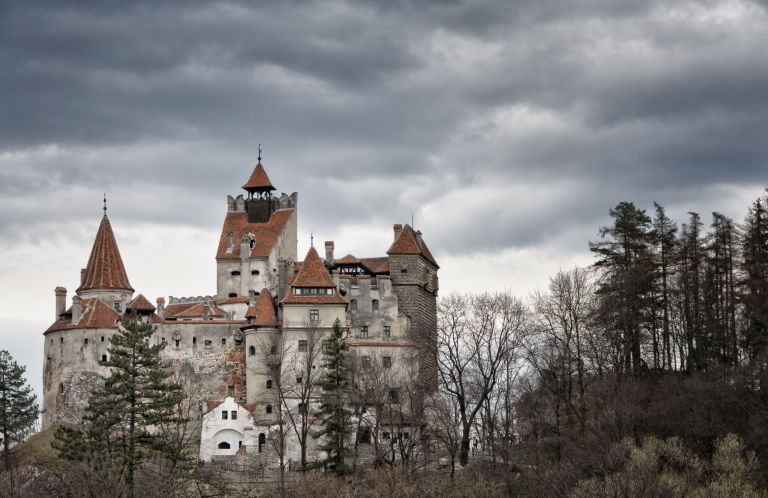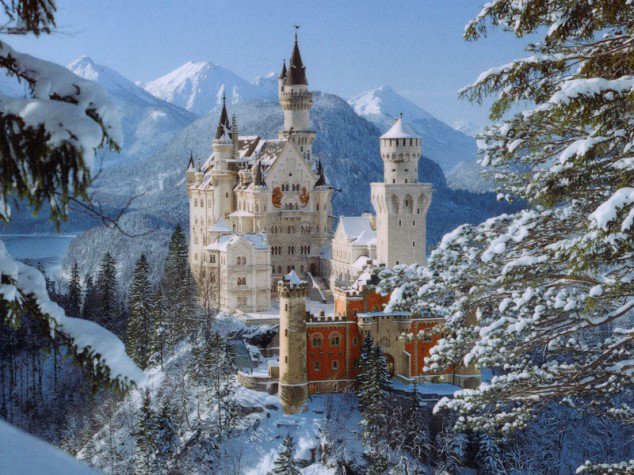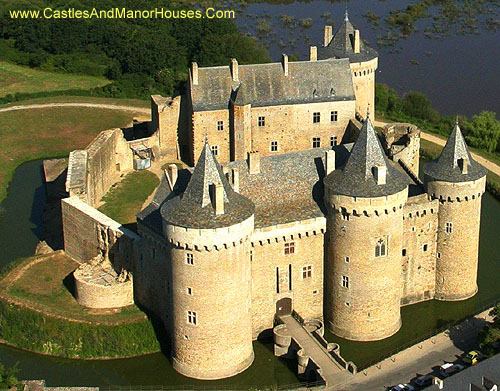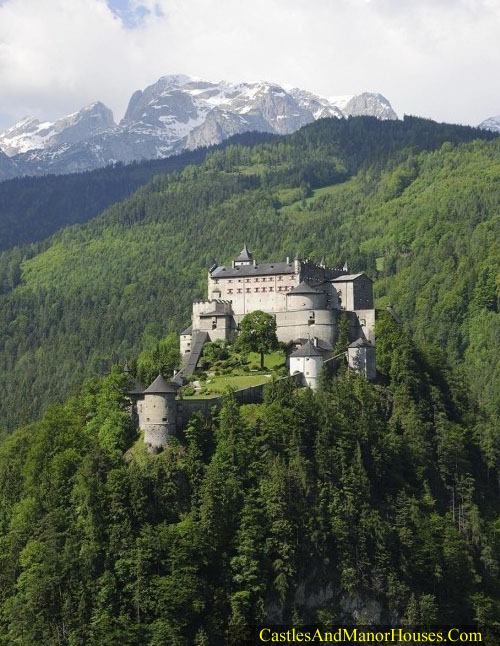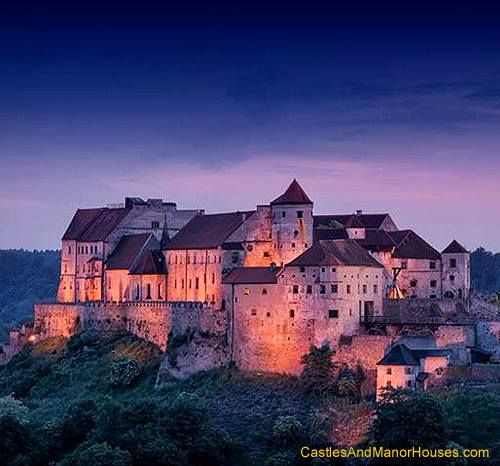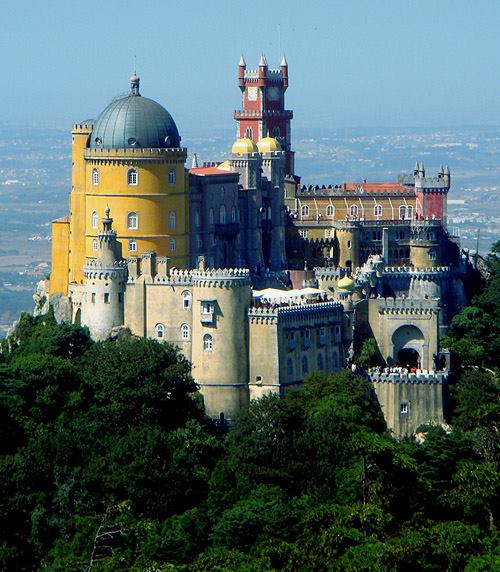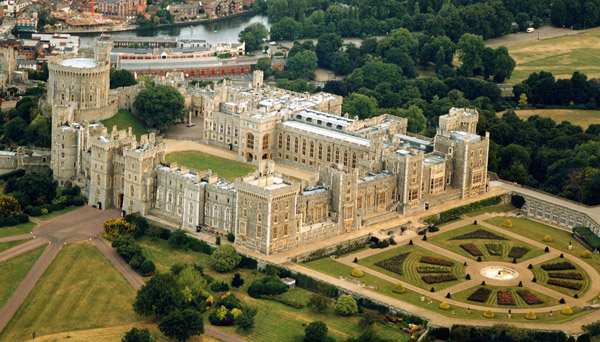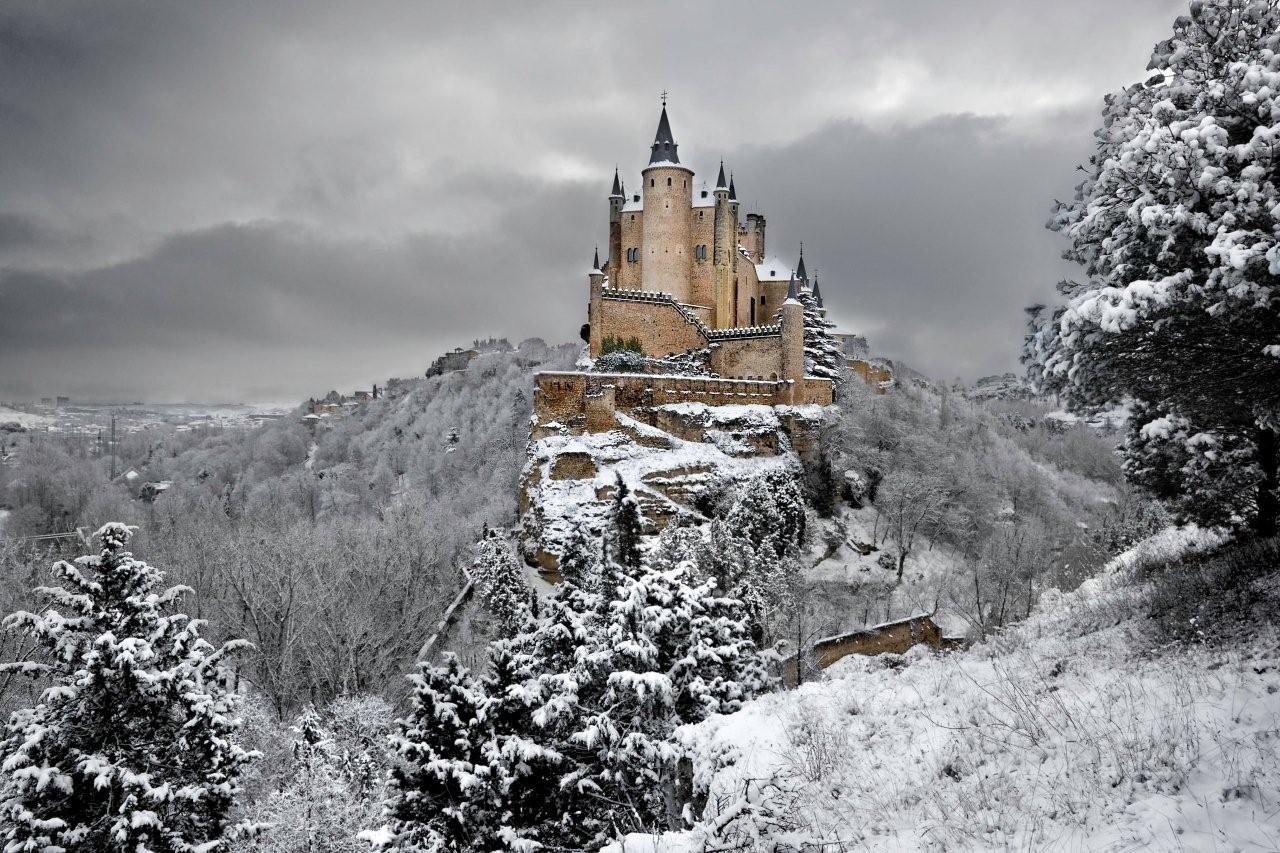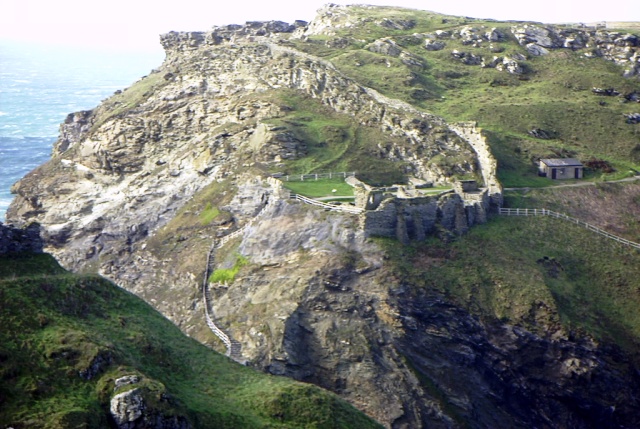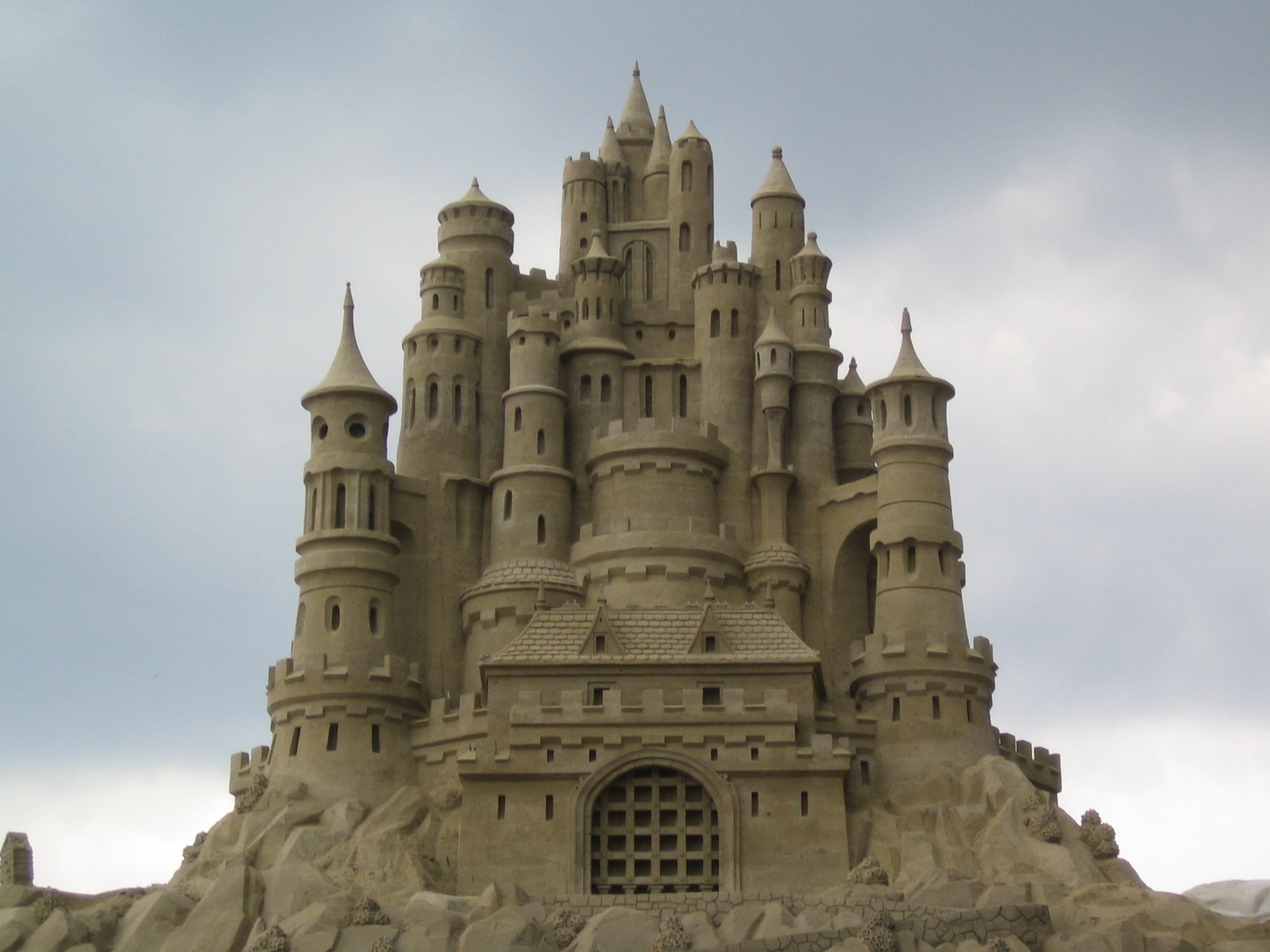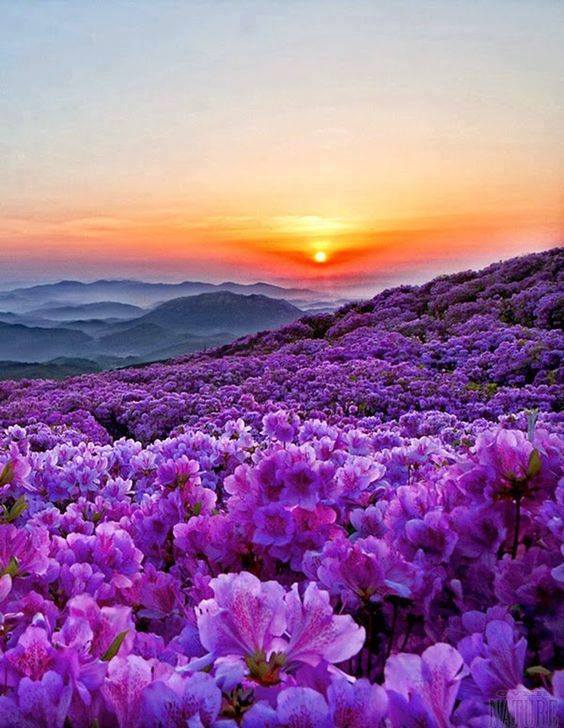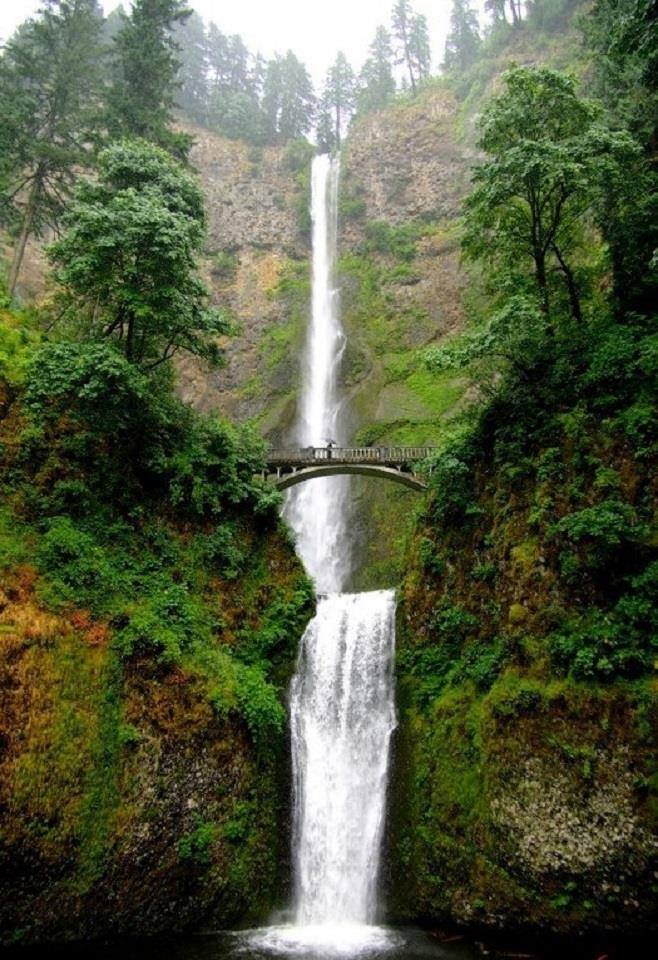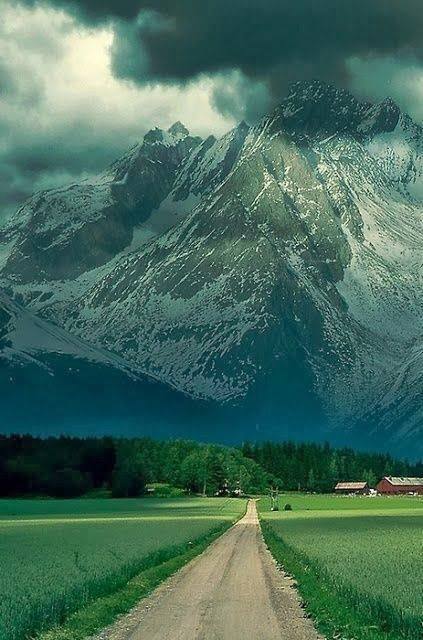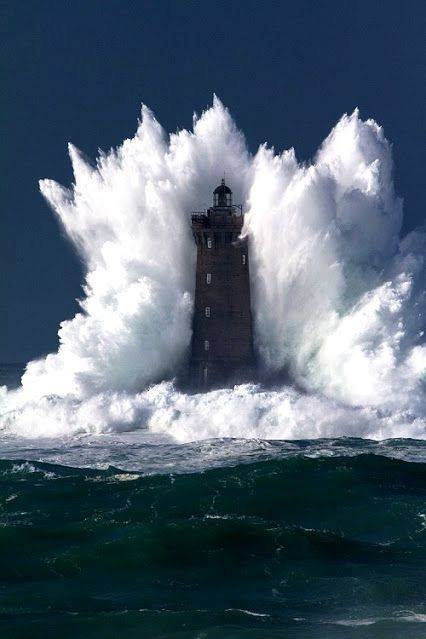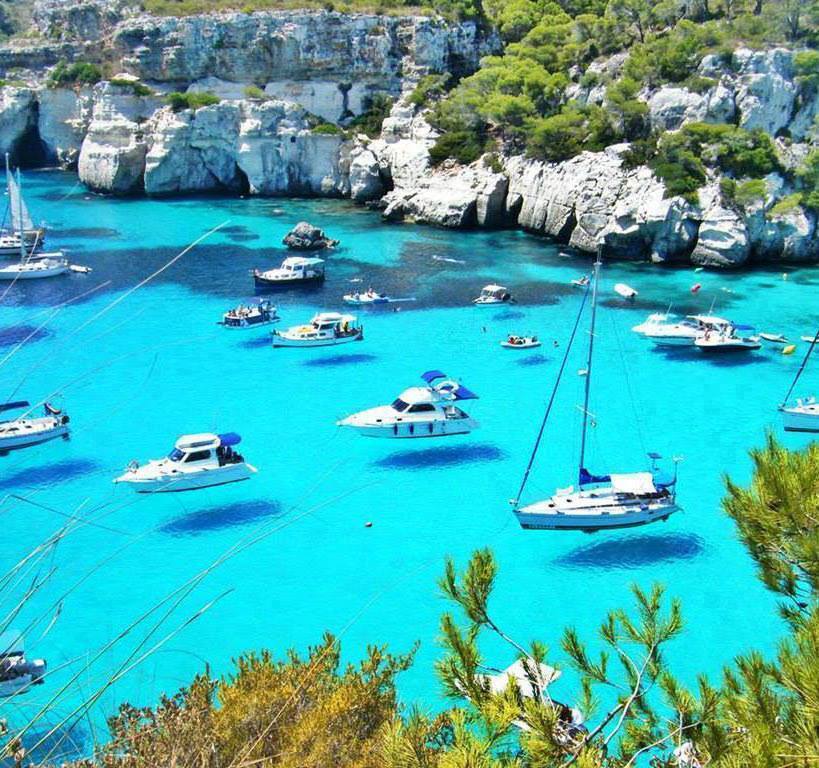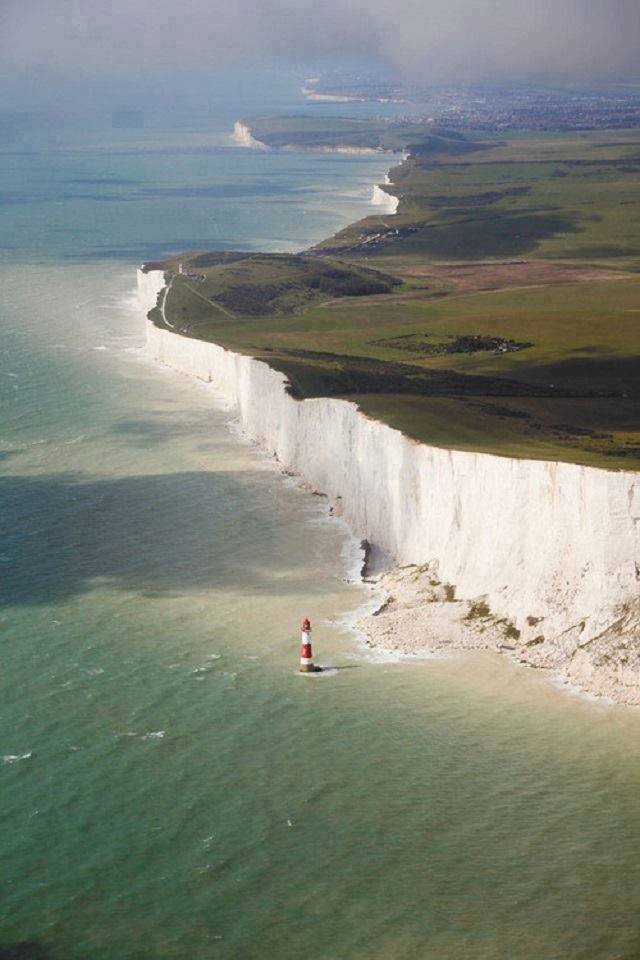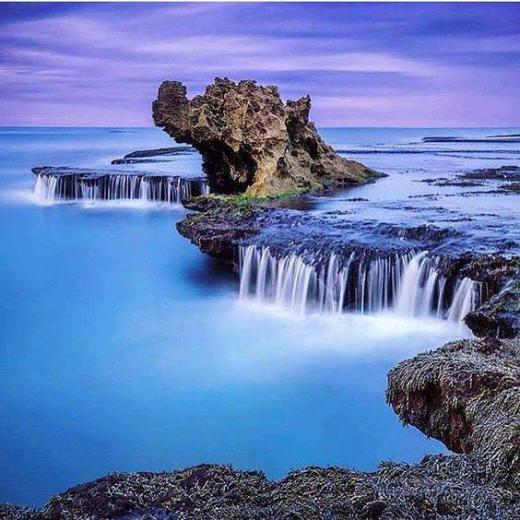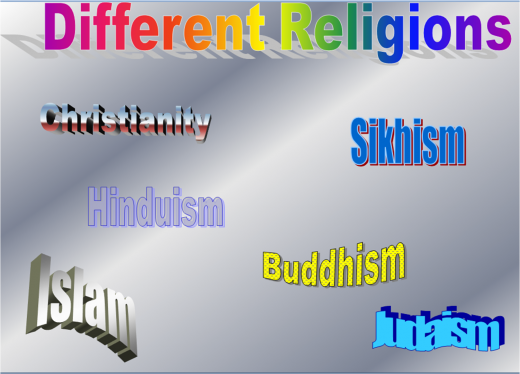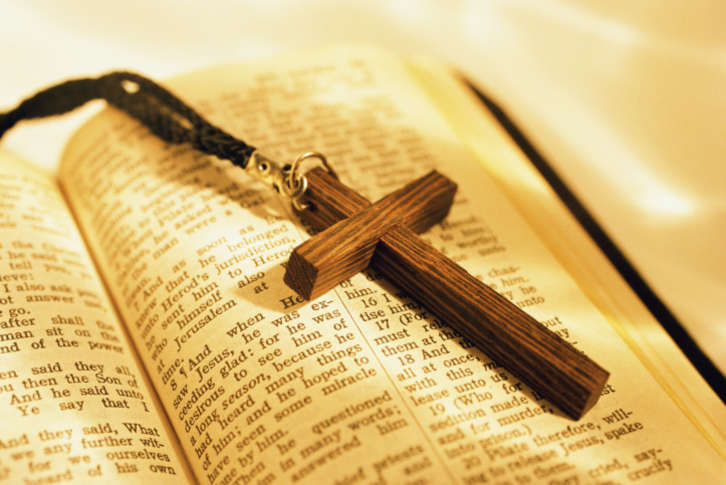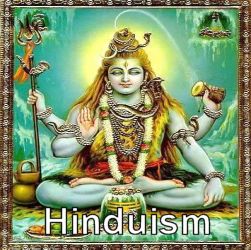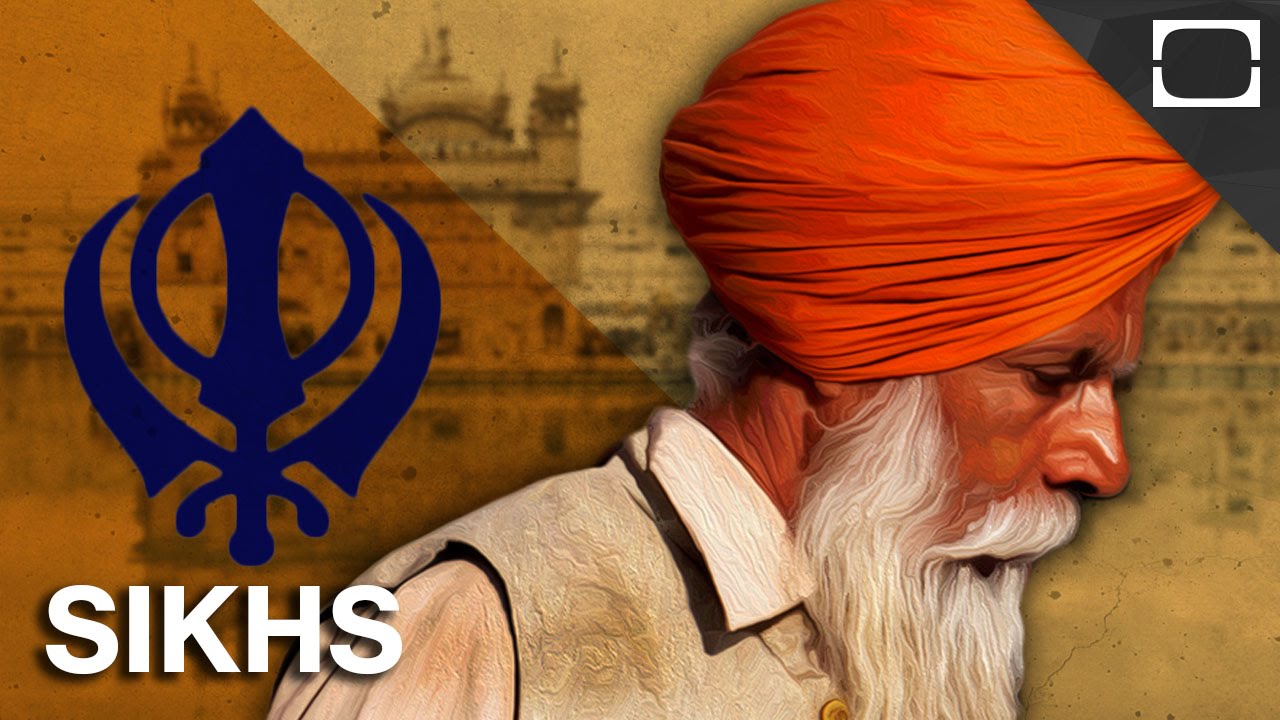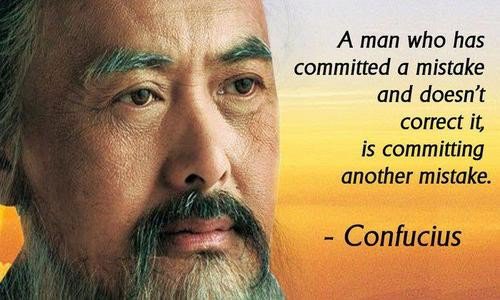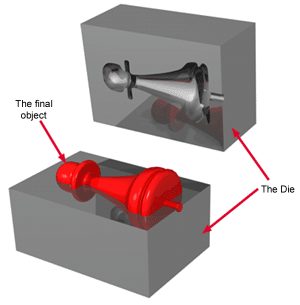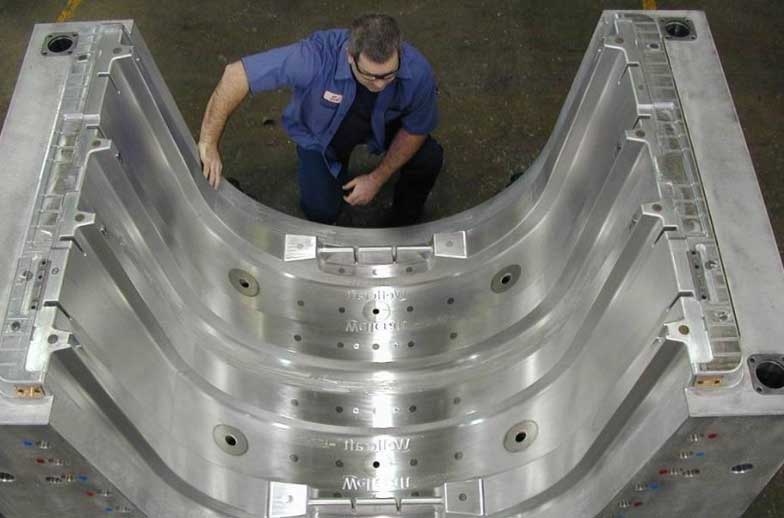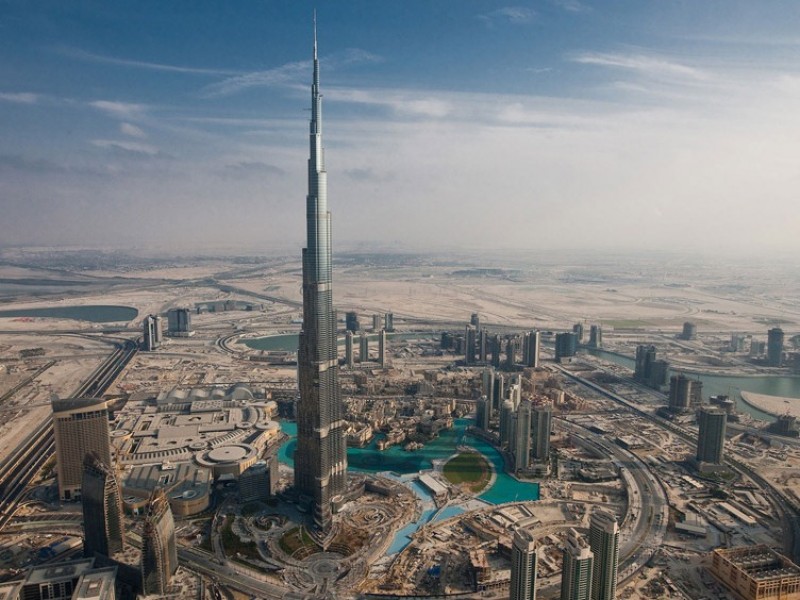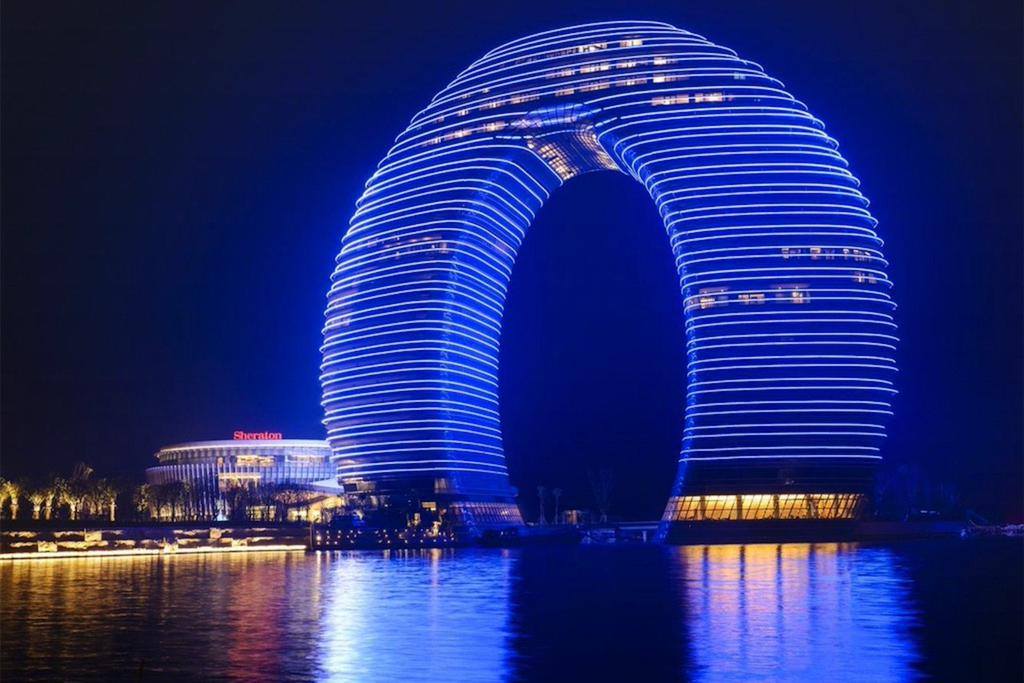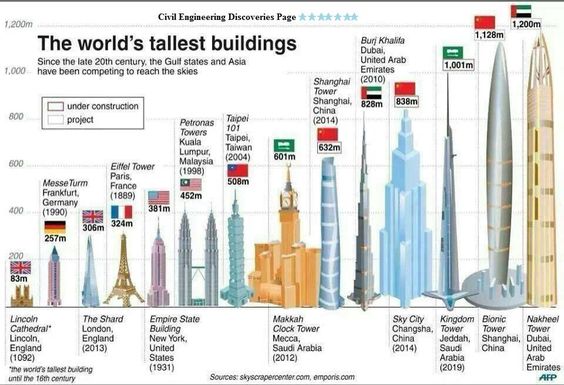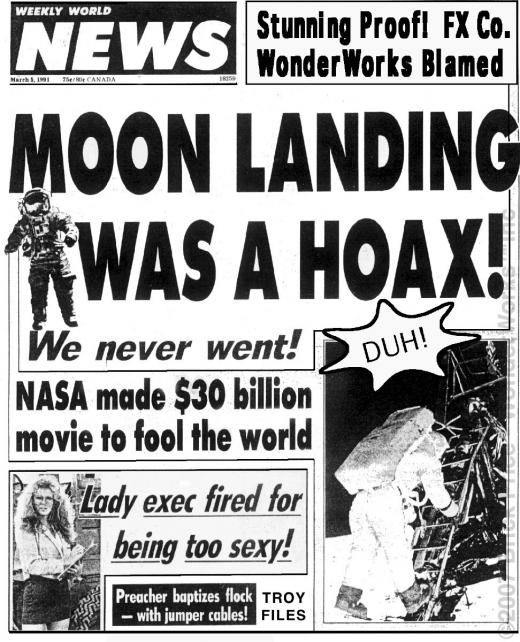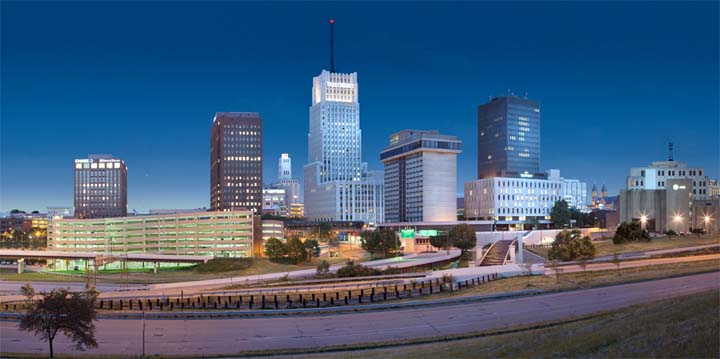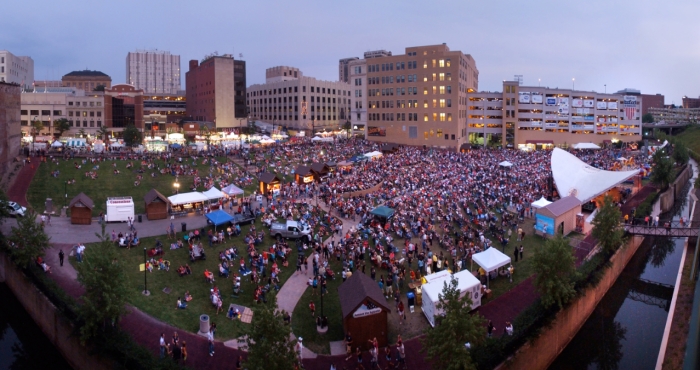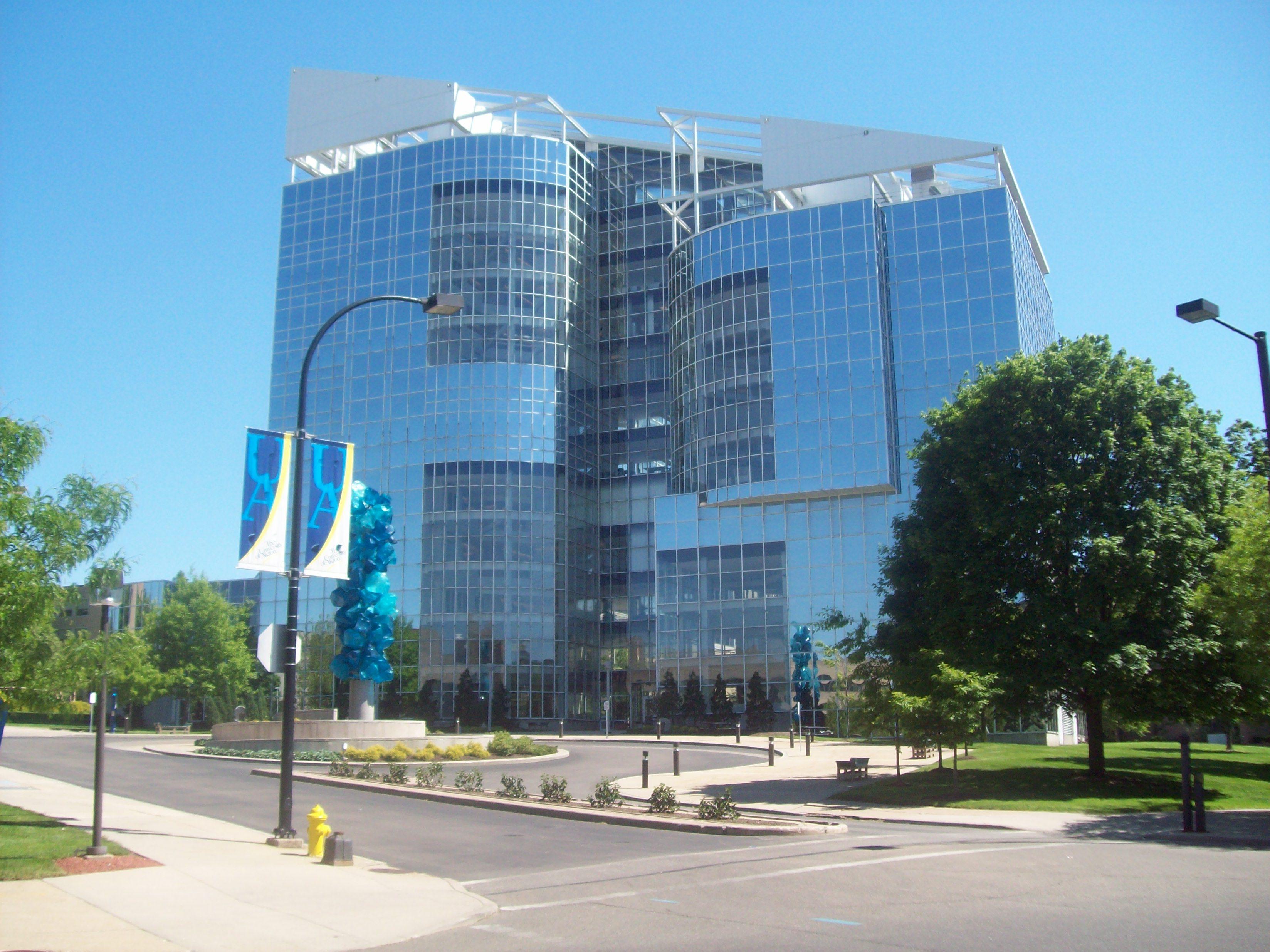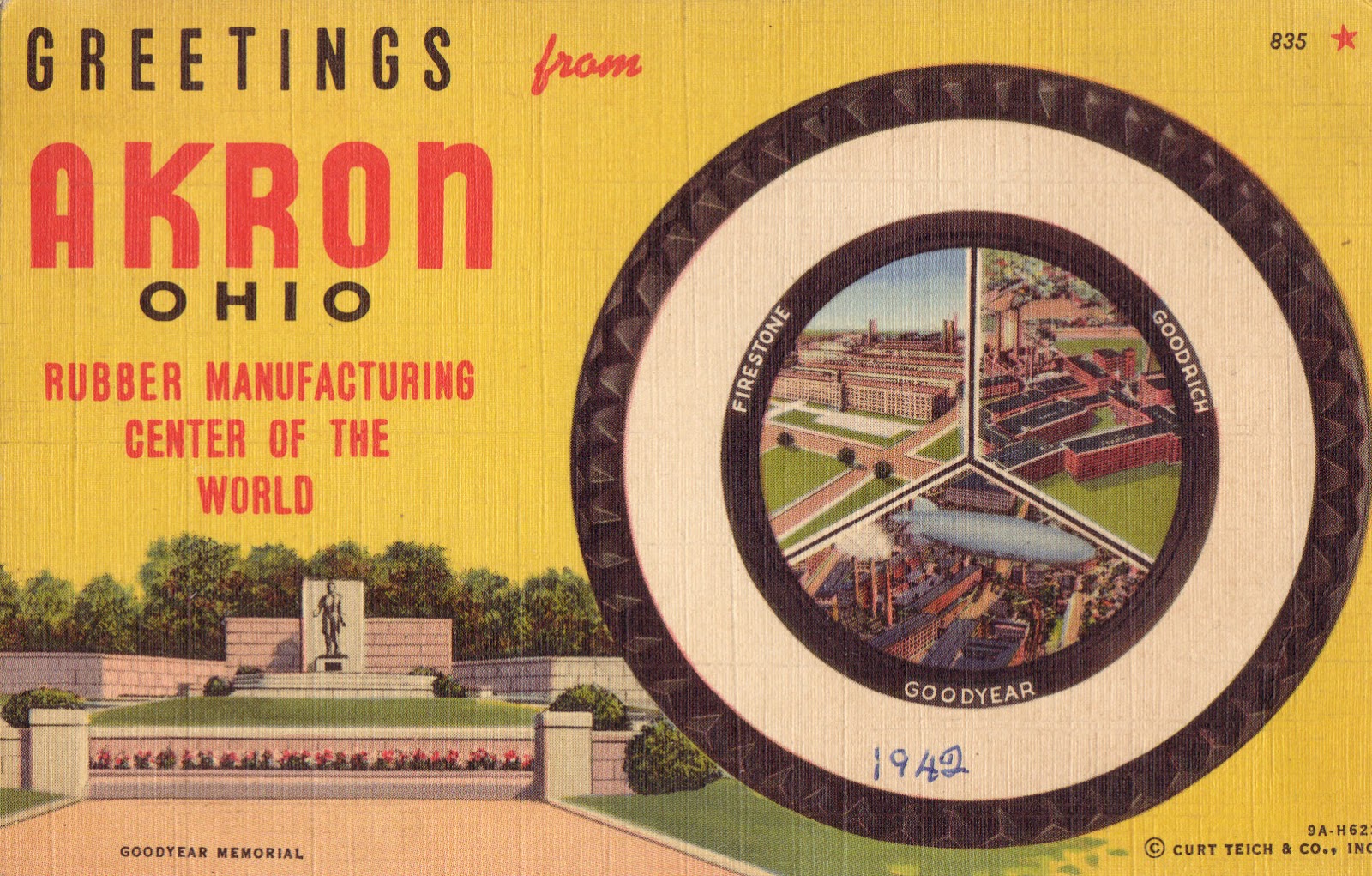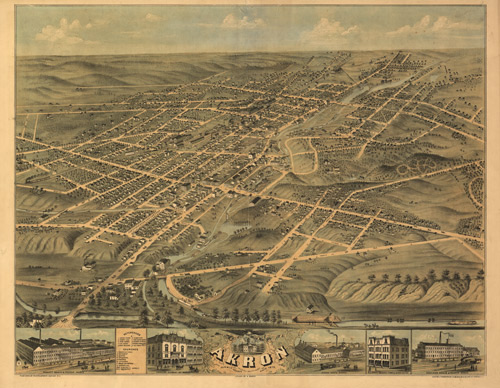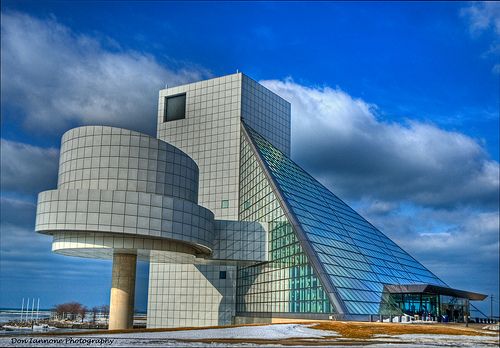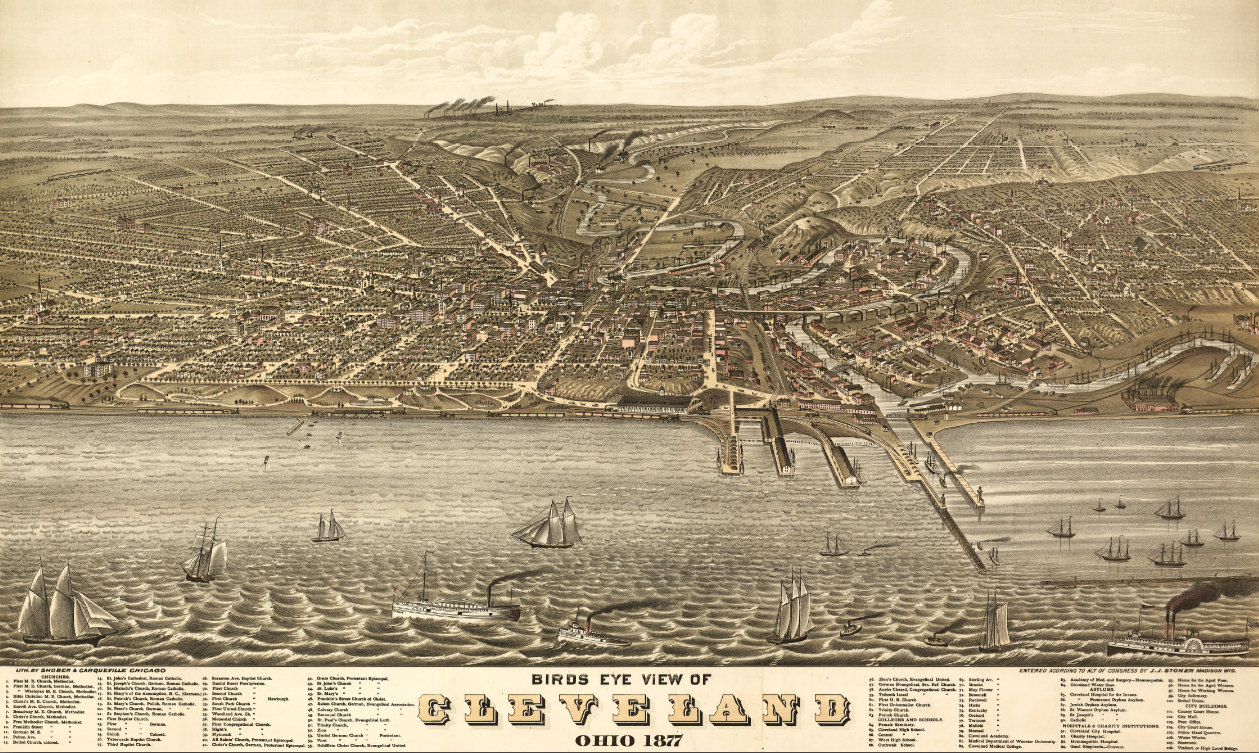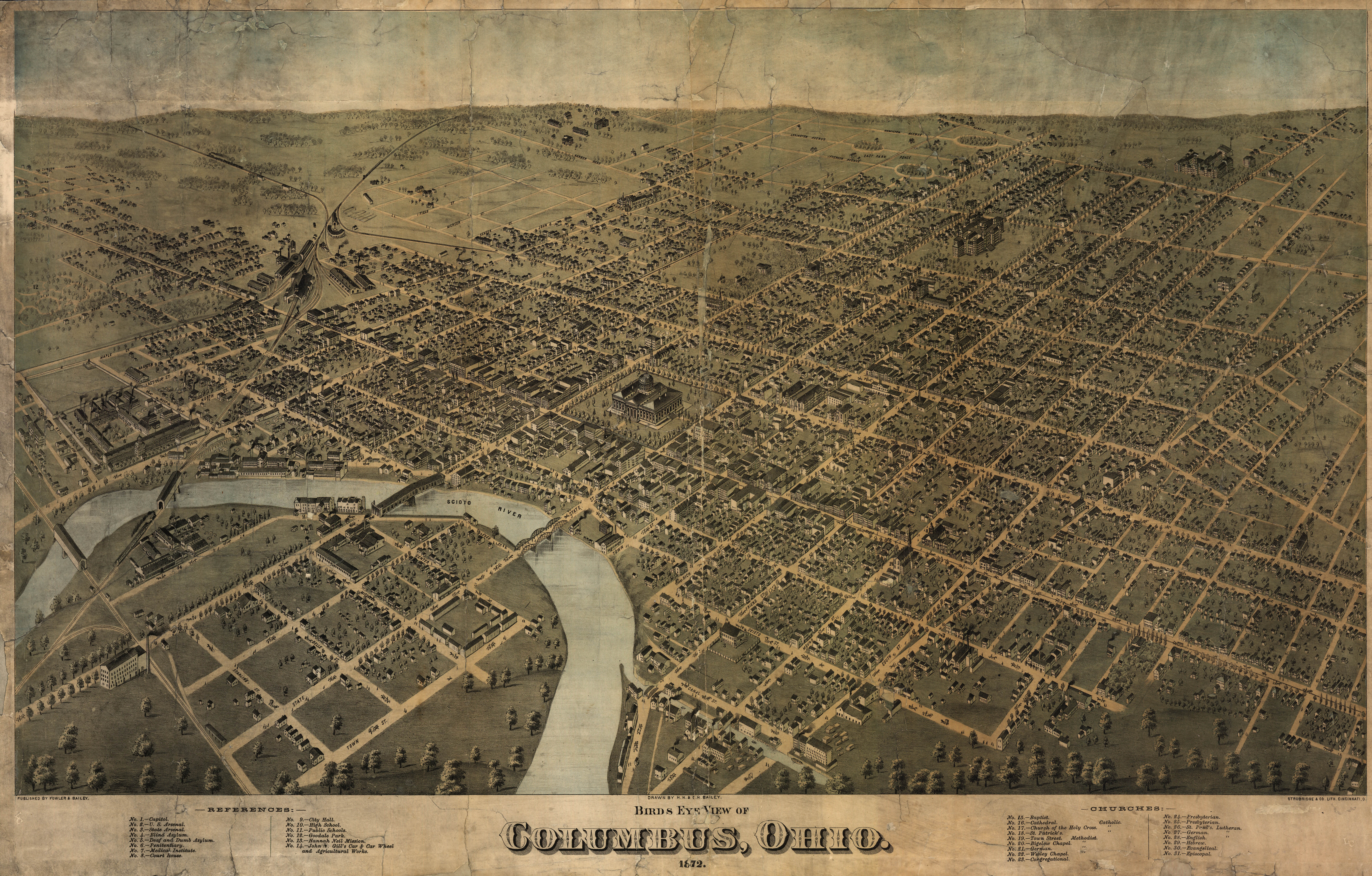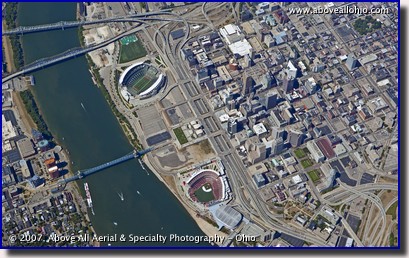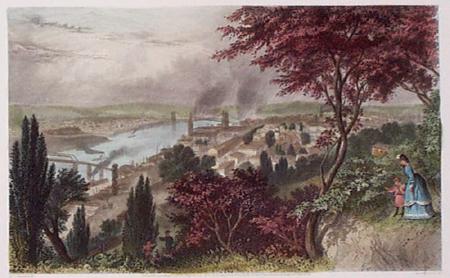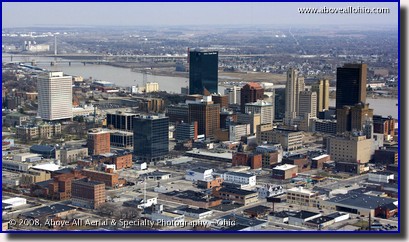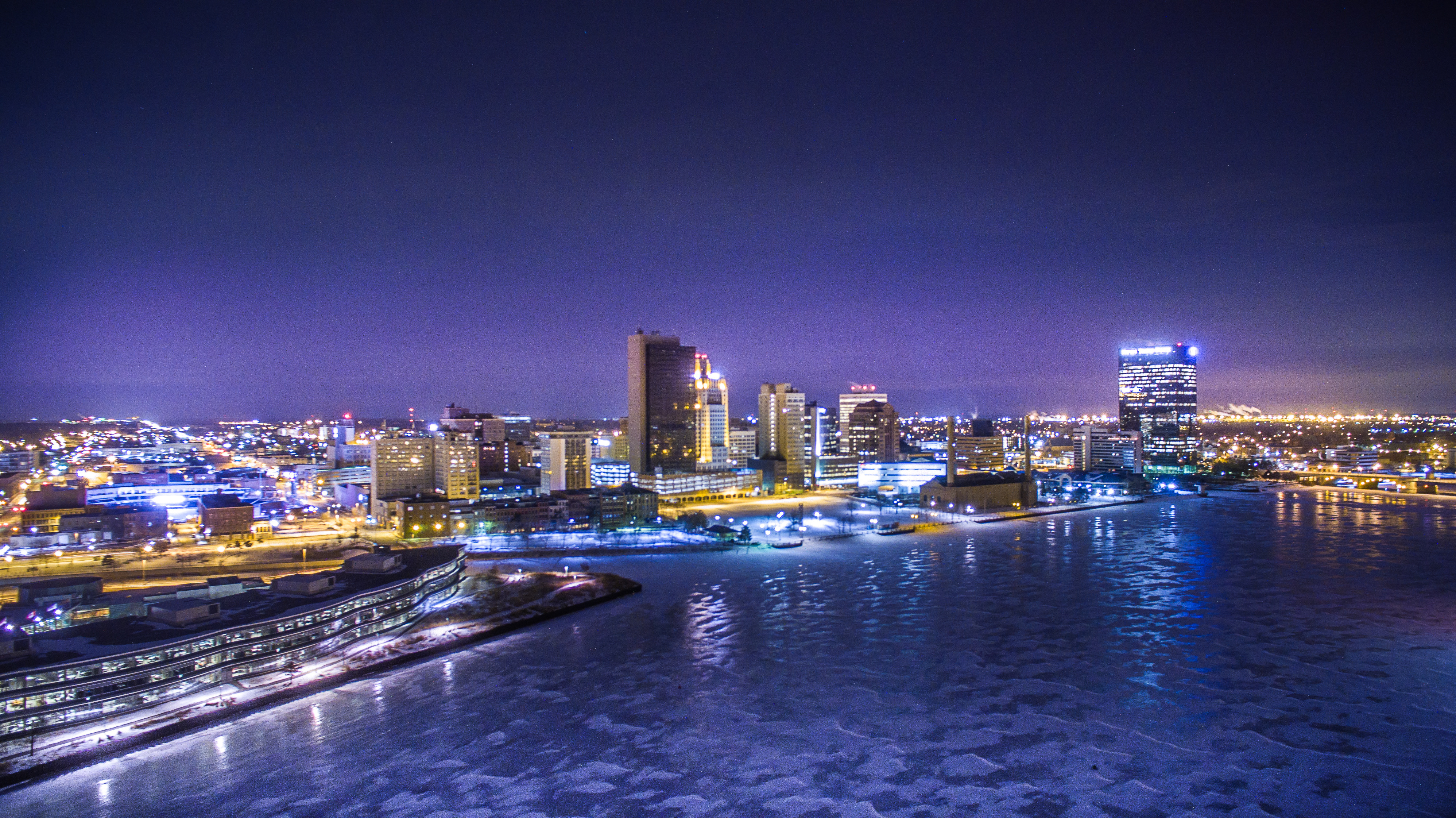Yes, these were painted by Adolph Hitler. It makes one wonder what the world would be like if he would have stayed in art.
- Funny0
- Sad0
- Informative0
- Interesting0
- Delicious0
- Boss0
- Cool0
- Dumb0
- Funny0
- Sad0
- Informative0
- Interesting0
- Delicious0
- Boss0
- Cool0
- Dumb0
- Funny0
- Sad0
- Informative0
- Interesting0
- Delicious0
- Boss1
- Cool0
- Dumb0
The Normans from France were the first to build castles that were made of dirt and wood. they were called, Motte and Bailey Castles. The term motte and bailey castle comes from Norman French words for mound and enclosed land.
In the Romanian countryside, is the 12th century fortress of Prince Vlad Dracul, also known as Vlad the Impaler. It was the setting of Bram Stoker's 1897 horror novel, Dracula.
Neuschwanstein Castle is a nineteenth-century palace built on a rugged hill above the village of Hohenschwangau near Füssen in southwest Bavaria, Germany. It was built as a retreat and as a homage to Richard Wagner by Ludwig II of Bavaria. The palace was intended as a personal refuge for the king.
Caerlaverock Castle has that familiar castle surrounded by a moat look. It was first built in the 13th century. It is located on the southern coast of Scotland, on the edge of the Caerlaverock National Nature Reserve. Caerlaverock was a stronghold of the Maxwell family from the 13th century until the 17th century when the castle was abandoned.
Hohensalzburg Castle is translated into English as, "High Salzburg Fortress." The castle sits atop the Festungsberg, a small hill in the Austrian city of Salzburg. It is one of the largest medieval castles in Europe.
Eltz Castle, or the German translation, Burg Eltz, is a medieval castle that was built in the hills above the Moselle River between Koblenz and Trier, Germany. It is still owned by a branch of the same family (the Eltz family) that lived there in the 12th century,
The Château de Suscinio or de Susinio is a French castle, built in beginning of the 13th century. It is a moated castle and was the residence of the Dukes of Brittany. It is located in the commune of Sarzeau in the département of Morbihan, near the coast of the Atlantic ocean. It was designed to be a place of leisure.The castle was fortified and enlarged, at the end of 14th century, when the heirs of the duchy had to fight to keep their lands.
Hohenwerfen Castle (German: Burg Hohenwerfen) stands above the Austrian town of Werfen. The castle is surrounded by the Berchtesgaden Alps. The castle was built between 1075 and 1078 by the order of Archbishop Gebhard of Salzburg. Formerly the castle belonged to the Habsburg family of Austria , currently, their relatives The House of Sforza, Count Andreis reside within it.
Burghausen Castle in Burghausen, Upper Bavaria, is the longest castle complex in the world.
The castle's history started in the Middle Ages when a chapel dedicated to Our Lady of Pena was built on the top of the hill above Sintra. According to tradition, construction occurred after an apparition of the Virgin Mary.
One of the most famous castles in the world is Windsor Castle. It is the residence of the Roayal Family od England. The original castle was built in the 11th century after the Norman invasion of England by William the Conqueror. Windsor Castle is owned by Queen Elizabeth II
A moated castle near Robertsbridge in East Sussex, England. It was built in 1385.
Hohenzollern Castle is the ancestral seat of the imperial House of Hohenzollern. It has gone through 3 changes since first constructed in the 11th century. The final castle was built between 1846 and 1867. It is the most visited castle in Germany.
The Alcázar of Segovia began as an Arab fort, which itself was built on a Roman fort. It has served as a royal palace, a state prison, a Royal Artillery College and a military academy since then. It is currently used as a museum and a military archives building.
Le Mont-Saint-Michel or Saint Michael's Mount, is an island commune in Normandy, France.The island has held strategic fortifications since ancient times and since the 8th century AD has been the seat of the monastery from which it draws its name. According to legend, the archangel Michael appeared in 708 to Aubert of Avranches, the bishop of Avranches, and instructed him to build a church on the rocky islet. Aubert repeatedly ignored the angel's instruction until Michael burned a hole in the bishop's skull with his finger.
Camelot the castle associated with the legendary King Arthur. Most scholars regard it as being entirely fictional. It brings up the stories of The Knights of the Round Table. However, no direct evidence has been provided to show it actually existed.
The castle has a long association with legends related to King Arthur. Local tradition, founded largely on the writings of Geoffrey of Monmouth in his twelfth-century History of the Kings of Britain, claims this is the birthplace of King Arthur. The ruins of the castle, dates back to the twelfth or thirteenth centuries.
Truly beautiful----but eventually, it will be washed into the sea
A wonderful form of art.
According to the Guinness Book of Records, Prague Castle is the largest ancient castle in the world. From its beginnings in the 9th century, the castle was a seat of power for kings of Bohemia, Holy Roman emperors, and presidents of Czechoslovakia. It is the official residence of the President of the Czech Republic.
Might be a difficult castle to defend. Here is the story behind this small castle------http://anitasnotebook.com/travelstories/the-smallest-castle-in-the-world/
- Funny0
- Sad0
- Informative0
- Interesting0
- Delicious0
- Boss0
- Cool0
- Dumb0
trump-lies.jpg
Just a small fraction of the stars that are in our Milky Way Galaxy
The reflection of the colors from water is breathtaking
7 separate waterfalls, each a sister to the other
it is not a scene from the Wizard of Oz
Such a peaceful scene from what was once a war torn country
We can see how it got its name.
A lenticular cloud is a lens-shaped cloud that normally develops on the downwind side of a mountain or mountain range. This occurs when stable, moist air flows over a mountain, creating a series of oscillating waves.
One could stand on the bridge for hours.
simply beautiful
From the green pastures to the top of the mountains in a spectacular view.
imagine being in the lighthouse at that time.
The water is so clear, it looks like the boats are floating.
Ever wonder how a cave formed up there?
Didn`t take much thought into naming this. lol
Mammatus are most often associated with the anvil cloud and also severe thunderstorms. They often extend from the base of a cumulonimbus, but may also be found under altocumulus, altostratus, stratocumulus, and cirrus clouds, as well as volcanic ash clouds.
And with this, i say good night.
- Funny0
- Sad0
- Informative0
- Interesting0
- Delicious0
- Boss0
- Cool0
- Dumb0
13921116_1052463784844255_3477167061618405916_n.jpg
- Funny0
- Sad0
- Informative0
- Interesting0
- Delicious0
- Boss0
- Cool0
- Dumb0
There are over 2.2 billion Christians in the world. The religion is about following the teachings of Jesus. The followers believe that there is only one god, but with 3 different persons--The Father, The Son and The Holy spirit. It is called the Mystery of the Holy Trinity, basically because it is difficult if not impossible to explain. The largest number of Christians out over 30,000 different denominations in Christianity are Roman Catholics, comprising of over 1.2 billion people. The Bible is their holy book which contains the teachings of Jesus in what is called the New Testament.
The second largest religion in the world is Islam, with over 1.6 billion people known as Muslims who follow the teaching of the prophet Muhammad. The word Islam means voluntary “Submission” or “Surrender” to the Will of God. It derives from the root word “salam,” meaning peace. They believe in one god or Allah as the creator of everything. The teachings of their prophet is found in their holy book called the Quran. Islam is the fastest growing religion in the world.
Out of the 3 religions that worship the god of Abraham (the other 2 are Christianity and Islam), Judaism is the oldest. Judaism is an ancient monotheistic religion, with the Torah as its foundational text (part of the larger text known as the Tanakh or Hebrew Bible). Christians use part of the Torah in their Bible known as the Old Testament. Their are around 16 million Jews in the world.
There around 1 billion Hindus in the world and Hinduism is considered the oldest organized religion in the world. There was no one person that began this religion as it developed from the religion that the Aryans brought to India with them in about 1500 BC. Hindus believe that all living creatures have a soul and the soul is eternal. As far as their scriptures are concerned, they include the Vedas, the Upanishads, the Bhagavad Gita and Agamas. It has been said that Hindus worship over 300 million gods. To give a detailed description on their belief in god(s) is a challenge for a short format, but simply put, the main belief of Hinduism is in one almighty being that exists in everything, who is credited with the creation of reality. This existence of reality is known as Brahman, and all of the gods that Hindus worship exist in Brahman Hindus have four central tenants: Dharma, or fulfilling one's purpose; Artha, or prosperity; Kama, or desire, sexuality, enjoyment; and Moksha, or enlightenment. The ideal goal of a Hindu life is to seek these four goals. Hindus also believe that no one religion teaches the only path to salvation, and that all are simply facets of god and the universe.
It can be debated if Buddhism is a religion or a philosophy, but as Buddha said when asked what it was, he said that what he teaches is "the way things are." He said nobody should believe his teachings out of faith, but instead they should examine for themselves to see if they are true or not. There is an estimated 490 to 500 million Buddhists in the world. Buddhism does not include the idea of worshiping a creator god. The best definition for Buddhism is, a path of practice and spiritual development leading to the insight of the true nature of reality. Buddhism was founded in India in the late 6th century B.C.E. by Siddhartha Gautama, who was known as the Buddha. Through the teachings of Buddha, the ultimate goal is the attainment of the state of nirvana, a spiritual existence where one has escaped the cycle of birth and death. Those that see this as a religion, say it is the most peaceful.
With over 20 million followers, Sikhism it is the 5th largest religion in the world. It has been mistaken to be an offshoot of Islam and Hinduism. Sikhism is based on the spiritual teachings of Guru Nanak. The basis of Sikhism lies in the teachings of Guru Nanak and his successors. The essence of Sikh teaching is simplified by Guru Nanak's words: "Realization of Truth is higher than all else. God in Sikhism is known as Ik Onkar. One of the main differences in this religion is that in its writings, not only did their god create everything including life here on earth, but also created life on many other worlds. The religion rejects all forms of discrimination. It is through meditation and good works that one becomes closer to their god and a heavenly life.
Nearly 8 million people subscribe to the Bahá'í faith. The Bahá'í Faith was founded by Bahá'u'lláh in 19th-century Persia. In the Bahá'í Faith, it uses the idea of messengers from god These messengers have included Abraham, Moses, Jesus, Muhammad, as well as figures from Indian religions like Krishna, Buddha, and others. The Bahá'í religion is a monotheistic religion which emphasizes the spiritual unity of all humans. Three core principles establish a basis for Bahá'í teachings and doctrine: the unity of God, that there is only one God who is the source of all creation; the unity of religion, that all major religions have the same spiritual source and come from the same God; and the unity of humanity, that all humans have been created equal, coupled with the unity in diversity, that diversity of race and culture are seen as worthy of appreciation and acceptance. According to the Bahá'í Faith's teachings, the human purpose is to learn to know and to love God through such methods as prayer, reflection and being of service to humanity. Between 1910 and 2010 it was the one of the fastest growing religions as the general population. According to The World Almanac and Book of Facts 2004:The majority of Bahá'ís live in Asia (3.6 million), Africa (1.8 million), and Latin America (900,000). According to some estimates, the largest Bahá'í community in the world is in India, with 2.2 million Bahá'ís, next is Iran, with 350,000, the US, with 150,000, and Brazil, with 60,000. Aside from these countries, numbers vary greatly. Currently, no country has a Bahá'í majority.
Confucius (551–479 BCE) is the founder of Confucianism and as with Buddhism, it is can be debated if it is a religion or philosophical way to explain and help others in life. It focuses on family and social well being. Around 6 and a half million people follow Confucianism. Unlike Christianity, Confucius taught that man is capable of doing all that is necessary to improve his life and his culture, relying on the virtue within himself to accomplish it. That man is initially good, but needs help along his journey in life. While there is no central god in this ideology, it has what is known as Tian, or a concept of a heaven that has a relationship with Earth and life. Confucianism focuses mainly on the physical life, but Confucius clearly believed in some form of spiritual survival. This is why reverence to ancestors plays an important part in Confucianism. Confucius was convinced that human beings understood far too little of life here and now to waste it planning for a hereafter they understood even less. When classical Confucian sources talk about Heaven, therefore, they do not have in mind anything like a realm of eternal reward for those who die in a state of righteousness. Heaven is merely a name for the highest spiritual presence of which human beings are aware. We still read his sayings and no matter what religion, or no religion one belongs to, these words can also be applied to our lives.
Shintoism is followed by nearly 3 million people and is the largest religion in Japan. Shintoism has been influenced by Confucianism and by Buddhism, which was introduced in Japan in the 6th century and has no formal dogma and no holy writ. The essence of Shinto is the Japanese devotion to invisible spiritual beings and powers called kami. Unlike Buddhism and Confucianism, Shinto is not a way of explaining the world. What matters are rituals that enable human beings to communicate with kami. Kami are not God or gods. They are spirits that are concerned with human beings. However, Kami include gods. It is a peaceful religion.
Here is a pie chart of the percentages of the people in different religions. There are many people that still believe in a god, but do not subscribe to any particular religion. These people are included with atheists and agnostics.
- Funny0
- Sad0
- Informative0
- Interesting0
- Delicious0
- Boss0
- Cool0
- Dumb0
635873821517718970351055939_stack-of-books-great-education.jpg
- Funny0
- Sad0
- Informative0
- Interesting0
- Delicious0
- Boss0
- Cool0
- Dumb0
- Funny0
- Sad0
- Informative0
- Interesting0
- Delicious0
- Boss0
- Cool0
- Dumb0
Probably the number one conspiracy theory is the picture of the flag waving on the moon when there is no atmosphere. There is a simple explanation: it was due to inertia of wiggling the flag post into the lunar surface and because the horizontal rod that runs along the top of the flag got stuck part way out. This meant that the flag didn't "unfurl" fully and is hanging like a curtain rather than being stretched flat as was the original intention. The rod was used because NASA knew that, with no atmosphere and hence no wind, a flag would just hang down.
A 4 minute video about the flags on the moon.
The Apollo spacecraft passed through the inner belt in a matter of minutes and the outer belt in about 1 1⁄2 hours. The astronauts were shielded from the ionizing radiation by the aluminum hulls of the spacecraft. The inner belt is the more dangerous one, containing energetic protons.
A short video with more information about the astronauts and the Van Allen radiation belts
The lunar land modules did scatter a lot of dust, but in the landing itself, the power was decreased for many technical reasons and because of the light gravity that is with the moon.
About a 10 minute video to explain and even visualize the landing.
The light from the sun hitting the surface of the moon is too bright for any camera to capture something in the distance -- it would wash out any light coming from distant stars in the sky. Just as it is harder to see stars from a city because of the lights than it is to them from out of the city. All the lunar missions were done during the daylight, which lasts 29 Earth days.
The Lunar Modules used Aerozine 50 (fuel) and dinitrogen tetroxide (oxidizer) propellants, chosen for simplicity and reliability; they ignite hypergolically – upon contact – without the need for a spark. These propellants produce a nearly transparent exhaust.
Astronauts Neil A.Armstrong (Commander for Apollo 11), Michael Collins (Command Module Pilot), Edwin E. "Buzz" Aldrin (Lunar Module Pilot).
ready for take off. The camera was on the lunar rover and controlled from earth.
There are satellites that orbit the moon and since the debris is too small to see from a telescope, the satellite images show evidence of the lunar landing and man`s foot prints on the lunar surface.
A great example of how to reply to a person that thinks the moon landing and other scientific advancements from NASA are fake.
A video that puts the nail in the coffin for the conspiracy theory that NASA faked the man moon landings
They still will not accept that we landed on the moon-----they will say it is a film made in Hollywood.
- Funny0
- Sad0
- Informative0
- Interesting0
- Delicious0
- Boss0
- Cool0
- Dumb0
To go where nothing from Earth has gone before. Launched by NASA in 1977, the Voyager spacecrafts have traveled through the solar system, reported back their findings on the giant gas planets, their moons and other objects in our solar system.
Travelling at around 11 miles per second, Voyager 1 is in "Interstellar space" and Voyager 2 is currently in the "Heliosheath" -- the outermost layer of the heliosphere where the solar wind is slowed by the pressure of interstellar gas.
Here are some wonderful pictures taken by them and a little information about their journey to where nothing from the planet Earth has ever been.
http://voyager.jpl.nasa.gov/ ---here is a link to NASA`s Jet Propulsion Laboratory
Technology from the 1970`s is still in use today. Think of the what we will learn with the technology we have now and the probes we will send out in the future.
A total of 11,000 work-years was devoted to the Voyager project through the Neptune encounter.
The Voyager Golden Record contains 115 images plus a calibration image and a variety of natural sounds, such as those made by surf, wind, and thunder, and animal sounds, including the songs of birds and whales. The record additionally features musical selections from different cultures and eras, spoken greetings in fifty-nine languages,[1][2] and printed messages from President Jimmy Carter and U.N. Secretary-General Kurt Waldheim. The items were selected for NASA by a committee chaired by Carl Sagan of Cornell University.
After NASA had received criticism over the nudity on the Pioneer plaque (line drawings of a naked man and woman), the agency chose not to allow Sagan and his colleagues to include a photograph of a nude man and woman on the record. Instead, only a silhouette of the couple was included.[3]
Here is an excerpt of President Carter's official statement placed on the Voyager spacecraft for its trip outside the Solar System, June 16, 1977:
We cast this message into the cosmos ... Of the 200 billion stars in the Milky Way galaxy, some – perhaps many – may have inhabited planets and space faring civilizations. If one such civilization intercepts Voyager and can understand these recorded contents, here is our message: This is a present from a small distant world, a token of our sounds, our science, our images, our music, our thoughts, and our feelings. We are attempting to survive our time so we may live into yours. We hope some day, having solved the problems we face, to join a community of galactic civilizations. This record represents our hope and our determination and our goodwill in a vast and awesome universe.[4]---------------------------------------------------------------------------------------------------------------------------------------------------------------------------------------------------------------------------------------------------------------------------------from Wikipedia---
The primary mission was the exploration of Jupiter and Saturn. After making a string of discoveries there -- such as active volcanoes on Jupiter's moon Io and intricacies of Saturn's rings -- the mission was extended.
Here is a summary of scientific findings by the two Voyagers at Saturn: SATURN Saturn's atmosphere is almost entirely hydrogen and helium. Voyager 1 found that about 7 percent of the volume of Saturn's upper atmosphere is helium (compared with 11 percent of Jupiter's atmosphere), while almost all the rest is hydrogen. Since Saturn's internal helium abundance was expected to be the same as Jupiter's and the Sun's, the lower abundance of helium in the upper atmosphere may imply that the heavier helium may be slowly sinking through Saturn's hydrogen; that might explain the excess heat that Saturn radiates over energy it receives from the Sun. (Saturn is the only planet less dense than water. In the unlikely event that a lake could be found large enough, Saturn would float in it.)
The cameras also detected 10 previously unseen moons. Several instruments studied the ring system, uncovering the fine detail of the previously known rings and two newly detected rings. Voyager data showed that the planet's rate of rotation is 17 hours, 14 minutes. The spacecraft also found a Uranian magnetic field that is both large and unusual. In addition, the temperature of the equatorial region, which receives less sunlight over a Uranian year, is nevertheless about the same as that at the poles.
Voyager 1----- On February 14, 1990, as the spacecraft left our planetary neighborhood for the fringes of the solar system, engineers turned it around for one last look at its home planet. Voyager 1 was about 6.4 billion kilometers (4 billion miles) away, and approximately 32 degrees above the ecliptic plane, when it captured this portrait of our world. Caught in the center of scattered light rays (a result of taking the picture so close to the Sun), Earth appears as a tiny point of light.
This was done on the suggestion from Carl SagonHere are the dates and flight paths of both Voyager 1 and 2.
Voyager 1 is currently the furthest man-made object from the sun. these are the locations of both spacecraft.
this is how scientists figured out that Voyager 1 has left the solar system.
A time frame for how long it will take Voyager to reach the Oort Cloud traveling at 11 miles per second.
What the Voyager spacecraft would like in its mission to explore the universe.
putting the final touches on Voyager 1 before its launch.
- Funny0
- Sad0
- Informative2
- Interesting0
- Delicious0
- Boss0
- Cool0
- Dumb0
A look at downtown Akron.
NBA star of the world champions Cleveland Cavaliers basketball team was born and raised in Akron.
In the downtown area of Akron, an area was developed to bring people into the city for free concerts and outdoor activities including ethnic festivals.
an old painting of Akron as it looked in 1870, but is now home to over 200,000 people.
another view of Cleveland. Home of the Cleveland Browns football team, the Cleveland Indians baseball team and the world champions Cleveland Cavaliers basketball team.
The term rock and roll began in Cleveland
Years ago, this river caught on fire because of the pollution in it. The city since has cleaned it up and made the area a tourist attraction with many stores and entertainment revenues.
Cleveland as it was in the past, but now home to nearly half a million people.
This is the capital city of the state of Ohio.
One of the largest universities in the United States.
The stadium holds over 105,000 people for sporting and other events. The Ohio State football program is one of the best in the country.
Columbus in the past, but now home to over 800,000 people.
Cincinnati is located in the south-west part of the state along side the Ohio River.
In the center of this aerial view, you will see the stadiums of the Cincinnati Bengals football team and the Cincinnati Reds baseball team.
A painting of Cincinnati in the 1800`s and home of around 300,000 people.
Toledo and the Maumee River in the winter. you can see the ice on the river.
Toledo is now home to over 280,000 people.
- Funny0
- Sad0
- Informative0
- Interesting1
- Delicious0
- Boss0
- Cool0
- Dumb0
- 1 of 3
- ››


